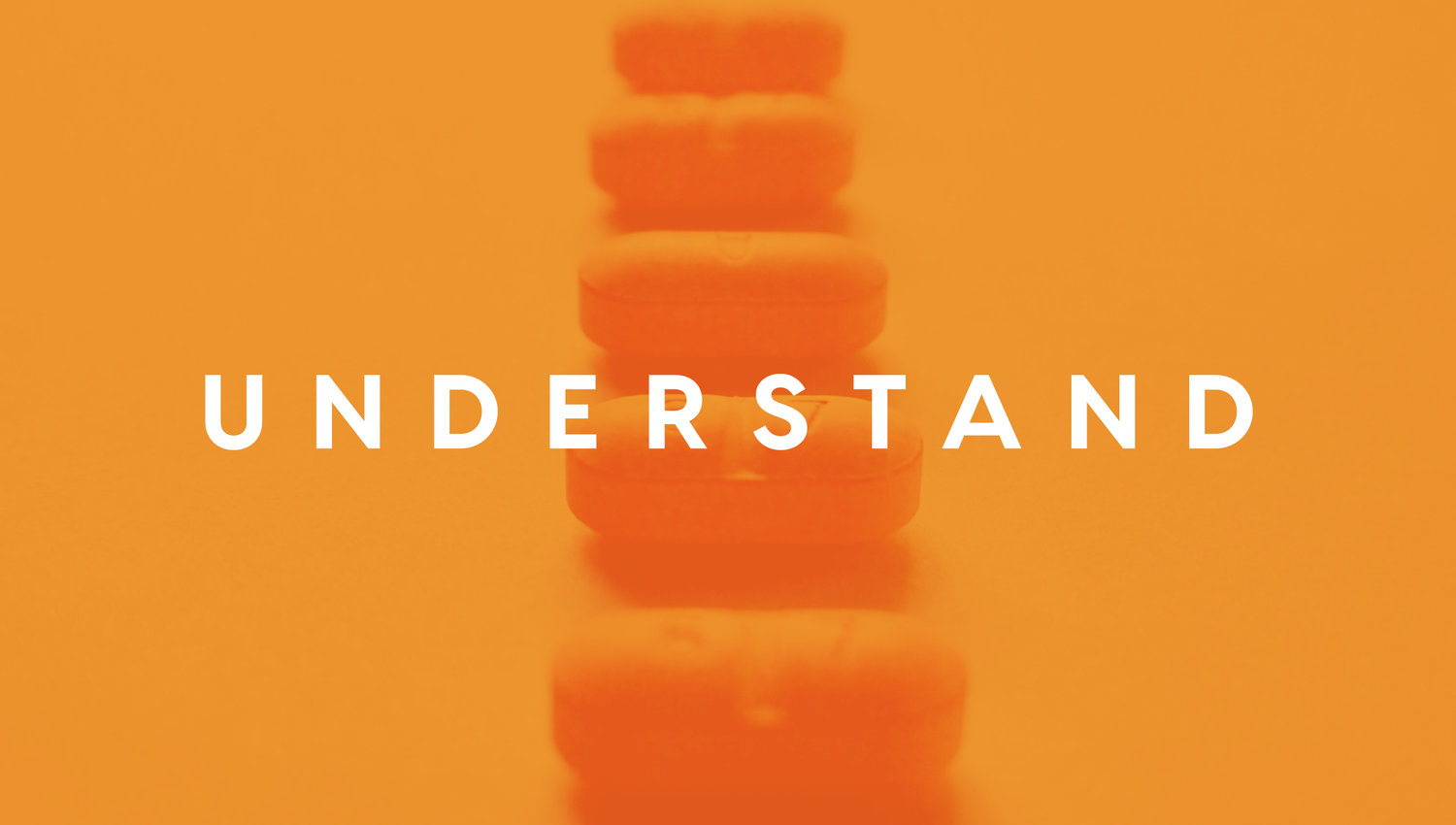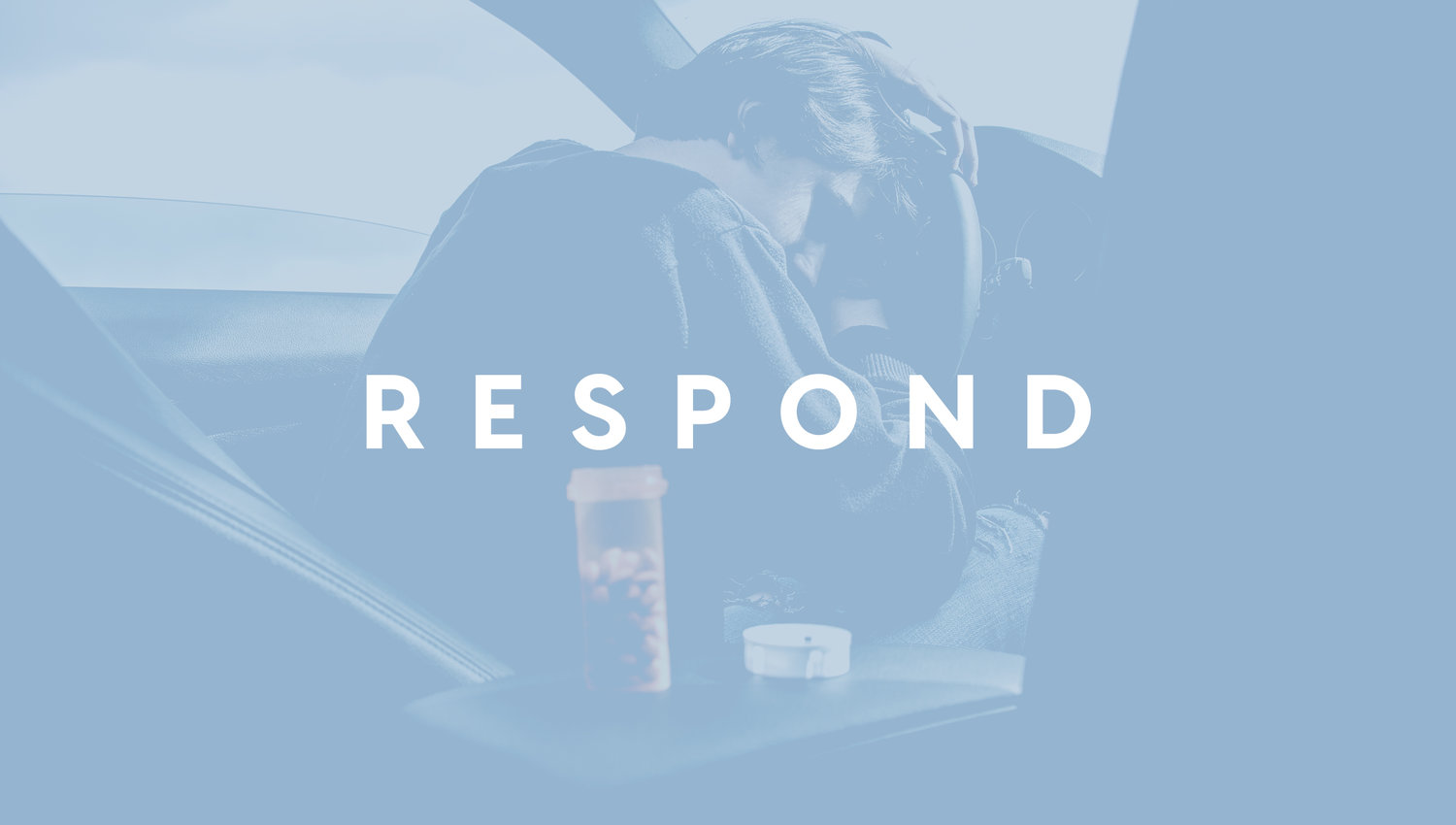Overcome Opioids - Recover
Opioid Use Disorder Treatment
Treatment for opioid use disorder can include different types of services depending on the severity of that individual’s substance use disorder, as well as their psychological, social and environmental/living situation.
Typically when someone is ready to enter treatment, they will go through an assessment. During the assessment, questions will be asked about substance use, other medical conditions, other emotional or behavioral problems/challenges, readiness for treatment, relapse risk, and about an individual’s recovery or living environment. Based on this assessment, the treatment provider will usually recommend an appropriate “level of care.” The provider may also recommend a medication to be used as part of the treatment. Find more information on the medications that are used to treat opioid use disorder below. Levels of care are listed below:
Intensive Outpatient Program
Typically >9 hours of services per week
Outpatient Program
Typically 2-8 hours of services per week.
Residential Programs
There are different types of residential services, but most offer intensive full day programming
Medically Monitored Detoxification
Typically 3-7 day in-patient stays when an individual receives medications to help with the symptoms of withdrawal.
Most treatment programs include individual and/or group counseling, as well as case management services. Not all substance use disorders have medications that can be used to aid in treatment.
There are 3 medications that are approved to be used in the treatment of opioid use disorder and they are described below. Research has shown that people who receive both medication and behavioral therapy are more likely to stay in treatment and less likely to continue to use opioids than people who receive only behavioral therapy with no medication.
Methadone:
Methadone can only be prescribed for opioid use disorder treatment from specialized programs called “Opioid Treatment Programs” (OTPs). Methadone works by reducing cravings for opioids. Research has shown that people who receive methadone treatment live longer, are more likely to stay engaged in treatment, and are less likely to use opioids, die of an overdose, have legal problems, or contract HIV or hepatitis C, compared with those who engage in treatment but don’t use methadone. Methadone is an opioid, and if taken in high doses, it is possible to overdose on methadone. For this reason, OTPs follow very specific rules around methadone dosing. As of 2024, federal guidance has changed to allow OTPs to provide up to 7 take-home doses of methadone to someone initiating treatment, and up to 28 take-home doses after 31 days in treatment.
Buprenorphine:
Buprenorphine (Suboxone, Subutex, Zubsolv, Bunavail) works in a similar way as methadone in that it reduces cravings. Buprenorphine can be prescribed by most physicians, nurse practitioners and physician assistants. It can be taken under the tongue, in the cheek, as a skin patch or as a long-acting injection. Research has shown that people who receive buprenorphine treatment are more likely to stay engaged in treatment, less likely to use opioids, less likely to die of an opioid overdose, and less likely to contract HIV or hepatitis C than those who engage in treatment without buprenorphine. Buprenorphine is a partial opioid agonist, which means that even when taken at very high doses, it does not fully activate the opioid receptors in the brain, which makes it much less likely to cause an overdose.
Naltrexone:
Naltrexone (Vivitrol) works differently than methadone or buprenorphine. It is typically offered as an injection that lasts for 28 days. During those 28 days, it actually blocks all opioid receptors in the brain. When opioid receptors are blocked, using opioids (heroin or prescription opioids) does not lead to any positive effects (no feeling of being high). Naltrexone can also help reduce cravings. Studies have shown that people are less likely to use opioids while receiving naltrexone compared to people who do not receive naltrexone. One study showed that people who received naltrexone at the time of release from incarceration were less likely to relapse than people who left incarceration and did not receive naltrexone.
You should talk to your health care provider about which form of treatment might be right for you.




